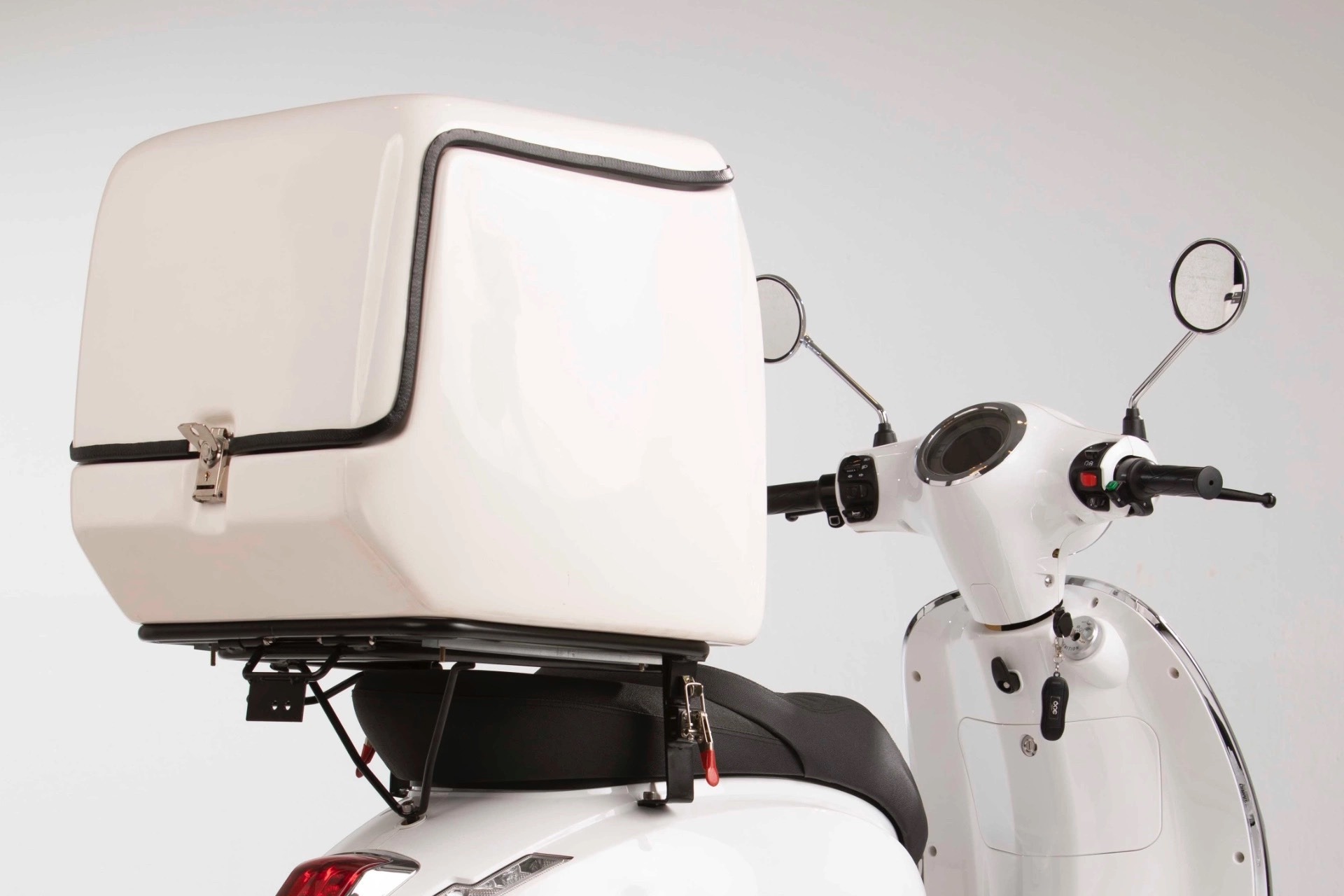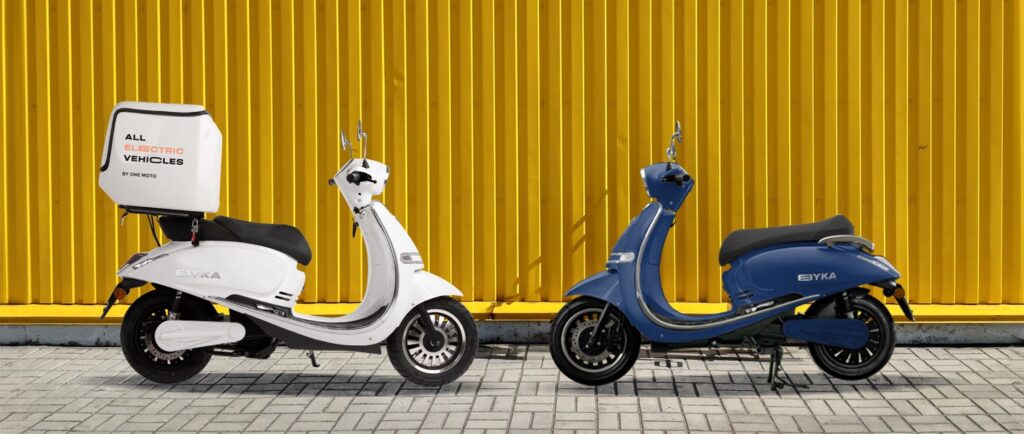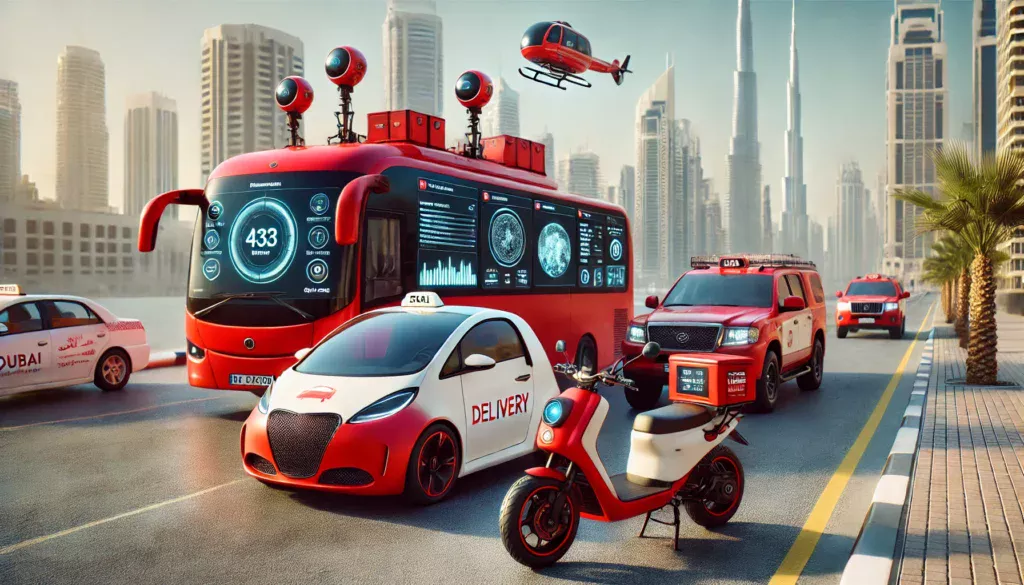Regularly trawling the news to stay ahead of the latest reports on the environment, the industries we support to create a solution led answer to the problems we read about. This latest article from The Economist led us to a ‘thought piece’ on the facts behind food delivery, the true cost to restauranteurs as a whole and a localised problem/solution.
Multiple restaurant owners believing in a secure future by investing in eateries from 2014 had a belief “people would always need a good place to eat”. Many restauranteurs during these times didn’t think of it as somewhere that did takeaway. Most restaurants [back then] were doing a good trade without offering delivery. But the graveyard of failed businesses is full of proprietors who refused to adapt. It turned out that ‘you needed to be on board. You could always stop if he wanted to. Right?. Food apps (aggregators) took a commission of 25-30%, which is high. Once staffing, food costs, rent and taxes were factored in, restauranteurs are left with a margin of less than 10%. Still, many believe you could make it work.
Many years later, after making a steady profit, restauranteurs earn enough to invest in a second/third restaurant in prominent locations, with a constant flow of passing tourists, shoppers and office workers. Then the pandemic struck. Suddenly proprietors were in panic with rent staff and other OpEx costs and found their customers had vanished. Turning to the delivery apps once more, this time for sheer survival. The aggregators delighted to take them on. But the commission [for many in fact increased up to] 35%.
Some restaurateurs describe delivery apps as an addiction.
They know the habit will harm them, but it provides a short-term fix
A painful quandary ensued, taking reasonable business decisions throughout, yet the maths no longer added up. With every ominous ping of the tablet collating online orders, with every buzz of a receipt printing, with each helmeted courier waiting outside the restaurant, many were losing money.
One restauranteur when interviewed said, “You need support from your business partner, and for us [aggregator] is like a business partner,” he told me. “I feel they let us down when we really needed them.”
Uncertainty is inevitable when running a business. Food-delivery apps have been a lifeline to many restaurants throughout the pandemic, though some restaurateurs describe them as an addiction. They know the habit will harm them in the long term; nonetheless, it provides a short-term fix. But the relationship may be more accurately compared to the Babylonian lottery: though the apps chip away at their finances, restaurants feel compelled to buy yet more tickets.
To an outsider, the business models of food-delivery apps seem perplexing. In America the market share of each of the Big Four – Grubhub, DoorDash, Uber Eats and Postmates – has fluctuated over time, as those that made initial land grabs for city centres have been overtaken by other firms that focused on suburbia (a bet that the pandemic has handsomely rewarded). Grubhub used to dominate the market but in many places – apart from New York City – it has been superseded by DoorDash, which is now responsible for more than half of all food deliveries in America by value and is worth $70bn.
One thing has stayed constant: these companies all lose money. The apps know they aren’t going to make a profit yet. Their strategy is different: to steal restaurants’ customers. The apps “are simultaneously selling these same customers to your competitor across the street, but, don’t worry, they are also selling their customers to you.”
Delivery services have already attracted scrutiny – and often vilification – for using gig workers to fulfil orders, a model derived from Uber. They have also been criticised for adding restaurants without their permission or conspiring with Yelp, an online business directory, to push premium-rate numbers that charge restaurants a “referral fee” for each sale.
Such practices have often drawn attention away from something less overt and more profound: food-delivery apps are disrupting the restaurant industry itself. Restaurants have had to question where to base themselves, what to cook and, in a few cases, whether they will ever serve customers in person again. The results will have implications for what, where and when we eat in the future.
THAT’S AN INTERNATIONAL TAKE, BUT WHAT ABOUT THE UAE?
At their most basic, restaurants exist to fuel us. For most people, though, they’re about far more than that. Think of your favourite restaurant. Sure, you might picture a dish you’ve eaten. But it’s more likely that what actually comes to mind are all the experiences you’ve had there, whom you were with, how it felt to walk in through the door. For the city-dweller, a favourite restaurant might be your local or somewhere you travel to for special occasions. But it is invariably anchored to a particular place. A restaurant is a distillation of a city – when we enter a restaurant, we briefly enter another world, but it is one that reflects our surroundings.
Over the past year, the already hyper-competitive food [and other product] delivery market has seen an abundance of even more competition sprouting, offering similarly the same solutions, with a belief they can make a difference, but when looking at the costs there’s a stalemate. Yet, many riders seem to brunt the burden of these operational changes.
In the UAE, many riders have to pay their own fuel. In some cases they also pay to lease their own vehicle. Almost all have to pay the cost of their visas to their ’employers’ as well as pay their own insurances – yet aren’t these delivery heroes the ones who are working tirelessly to delivery our orders on time? To who’s benefit?
Outside a restaurant, the parking area is a spectrum of colour of semi-branded, bruised and battered delivery motorcycles, a few were asked about the companies they work for, who is the best and who will ‘win the war’? A shocking retort was fed back “It doesn’t matter, at the end of the day, we are all working to make a few people rich”
To switch the logistical and operational processes at the aggregator level (whilst trying to achieve profit), retain clients and acquire customers, there is a different approach to business, and it’s focusing on the bottom line (many of which haven’t had the time to look up and see the change options in front of them). Traditionally the delivery aggregators are asset-light operations and are trying to fulfil demand without liability obligation, which curbs the profitability, resulting in a shift towards an internal readjustment of costs (fuel, servicing, maintenance, packaging to name a few).
There is another way and it does not negatively impact, nor fall upon the riders. It’s the cost of transportation, which research suggests can result in 40% of the costs of delivery. Is the answer to switch to electric vehicles? For many other parts of the world “yes” is the only response. However, even with the sentiment, vision and agendas the UAE government have implemented and are working towards the sustainable values of the companies operating aren’t mirroring these efforts with the gusto they will be forced to in the near future.
BENEFITS: OWNING THE ASSET OF ELECTRIC TRANSPORT
- Complete control of the OpEx in delivery
- Maintain the rider welfare
- Increased profits from the bottom line
- Very low depreciation on EVs
- Infrequent yet, easy, affordable ‘fixing’ and servicing
- Consistent brand quality
- Benefit from the intense and highly prized ‘Green PR’ as a result of the commitment.
Is this the answer? Possibly, but it will take the auditors and procurement managers to look at the greater picture. However, it also comes with a ‘level up’ need and commitment from the governments. Offer EV incentives. There used to be several incentives, yet although nominal, they helped avail awareness. When you look at the rest of the world spearheading EV initiatives, rebates, subsidies the GCC as a region are slower on the uptake – with the respect of the sheer weight of public sector policy changes, there are small steps which could support this much needed adoption.
The question [for now] remains, why are these not in place? Free charging, free parking and a 0.5% reduction in interest rate are all acknowledged, in no way are these the kicker for the decision to switch.
WHAT DO THE CUSTOMERS WANT? ARE THEY READY FOR ELECTRIC MOBILITY?
In the food delivery sector, this is in demand. In February this year ONE MOTO ran a public survey to discover if the needs, wants and sustainable values of the customers are reflected by the companies operating? Unsurprisingly when asked, “if you could order the same meal, for the same price and delivery time, would you choose a company with sustainable values, or one that wasn’t” 99.3% said they’d choose the sustainably focused business. In addition, when asked “how much would you be prepared to pay for this” the median was AED 6.9 extra. Consumers are widely reported to buy from brands with aligned values, we know this from the media, but also from the tireless research when building ONE MOTO, a business built on five core values; Sustainability, Affordability, Convenience, Technology and Experience – ONE MOTO are aligned with the future of consumerism, so why aren’t the companies who operate in a purely customer focused realm?
Last year, I was invited for a conversation to advise and guide a solution to a very big concern. 4,000 outlets in the UAE had come together to complain about the aggregators, the high commissions, the unjustified rental charges and they wanted an immediate solution. We crunched numbers, the issues and the decisions weren’t immediate – many restauranteurs and F&B groups launched their own apps, trying to acquire their own loyal customer base (which was to the origins of the aggregators), many have seen success with this, but to whose cost? The proprietors are still needing to lease the vehicles from third parties at a cost they cannot control, with riders who aren’t ‘on-brand’ or providing a level of service the big aggregators built their businesses on. Alas, the onslaught of the cloud kitchen arena. Born through the need to cover costs, be present and generate profits. Alas (once more) VCs from the region funding these initiatives, yet they still need to deliver their fare to the hungry customer. The new alliance of dark kitchens and delivery apps poses an existential threat to the restaurant, one of the last bastions of the dining scene. Butchers, bakers and grocers have been replaced by supermarkets. Cinemas, cab companies and bank branches have shrunk into apps on a phone. The restaurant has always been a curious institution: a business masquerading as a cultural and social hub, or perhaps vice versa. Until now, it has been extraordinarily resilient.
There is a solution, but it takes commitment and a collaborative mindset.
A switch to electric delivery vehicles as already seen and pioneered by Jumeirah, Sarood Hospitality and others – are committed, dedicated to a cause and have spent time looking at the financials, the rider well-being and pledged to bring change. They understand the facts behind food delivery and the true cost to restauranteurs, themselves.
It won’t be long before many more realise the benefits and the government commit policy amends to align with the Green Initiatives of our leading families and ONE MOTO are championing this change. “We are prepared to match the rebate offered by the government in a bid to incentivise EV uptake and draw upon the attention to OEMs of cars to follow suit”. It shouldn’t be the responsibility to the public sector to forfeit profits, taxes or revenues – of course technology is expensive and the R&D costs a long-term ROI, but if other governments have offered it, maybe the UAE can implement as well?
A recent conversation with one aggregator openly told me they offered a ‘per diem’ to their riders for food and water each day, but with the high pressure to deliver, the weak payment terms, threat of salary reductions and the downtime they incur, they pocket this money and many have fainted, been taken ill, used for additional fuel and even had accidents. An article published by Thomas Edelman of RoadSafety UAE last year announced more delivery rider accidents and fatalities recorded. This is now a very serious issue that must be addressed. Not to look at the riders as poorly trained, erratic driving behaviours but ask, “why?”
The Guardian (this week) published a new report suggesting traffic pollution is twice as harmful than previously expected. When it was reported pollution can reduce the lifespan by 3-4 years – are those of us dwelling in city environments ready to ‘call it a day’ eight years early? I’d like to think not.
We see the investments in mobility solutions rolling in weekly across the world, very tech based businesses benefitting from the surge in VC funding to facilitate growth, but who will win? The largest and deepest pockets who leak ‘investment’ in the continued high CaC? Or those who work towards a profitable and sustainable growth? We’ve seen the result and can introduce you to the answer, you’ll just need to ask.
The ONE MOTO team fully appreciate the delivery riders do not care about the amount of CO2 their costing, the incredibly high hydrocarbons they omit each day, or indeed the fatal consequences traffic pollution has on their health. They do care about providing for their families. The same as all of us right?!
Companies and governments do need to align, collaborate to bring change.
We’re all here for a very short amount of time, it’d be nice to feel like the decisions you’ve made contribute to making a difference.
WHAT DOES THE FUTURE HOLD IN STORE FOR THE INDUSTRY?
Right now it’s a stagnant war between a mighty few and several underdogs with an eye on acquisition. Restauranteurs working on 3-4% profit margin. Riders struggling to earn a justifiable salary. With so much disruption in the world around us, and with an ability to bring change it’ll take a few ‘risk takers’ to embrace something new, make a name for themselves and a difference to those they work for. Is the industry sustainable? Many don’t believe so. Is the sole answer a switch to EVs? No. It’s certainly a very positive start, and with profitability greater opportunities will unwrap themselves.
If you’d like to discuss the future of mobility, The facts behind food delivery: the true cost to restauranteurs, discuss the small print of life and share thoughts, I’d welcome the opportunity.
Thank you for reading,
Adam Ridgway
CEO, ONE MOTO



